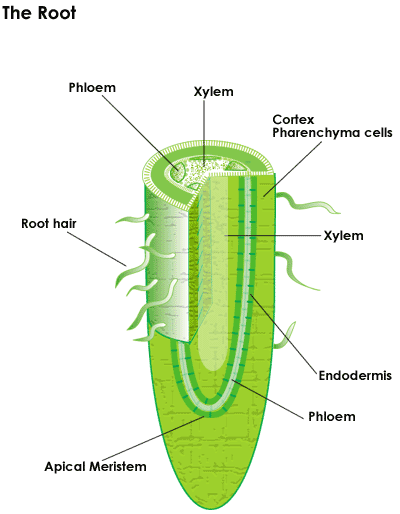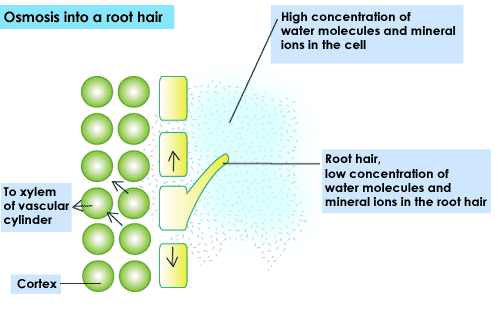Please wait while we process your payment
If you don't see it, please check your spam folder. Sometimes it can end up there.
If you don't see it, please check your spam folder. Sometimes it can end up there.
Please wait while we process your payment

By signing up you agree to our terms and privacy policy.
Don’t have an account? Subscribe now
Create Your Account
Sign up for your FREE 7-day trial
By signing up you agree to our terms and privacy policy.
Already have an account? Log in
Your Email
Choose Your Plan
Individual
Group Discount
Save over 50% with a SparkNotes PLUS Annual Plan!
 payment page
payment page
Purchasing SparkNotes PLUS for a group?
Get Annual Plans at a discount when you buy 2 or more!
Price
$24.99 $18.74 /subscription + tax
Subtotal $37.48 + tax
Save 25% on 2-49 accounts
Save 30% on 50-99 accounts
Want 100 or more? Contact us for a customized plan.
 payment page
payment page
Your Plan
Payment Details
Payment Summary
SparkNotes Plus
You'll be billed after your free trial ends.
7-Day Free Trial
Not Applicable
Renews July 10, 2025 July 3, 2025
Discounts (applied to next billing)
DUE NOW
US $0.00
SNPLUSROCKS20 | 20% Discount
This is not a valid promo code.
Discount Code (one code per order)
SparkNotes PLUS Annual Plan - Group Discount
Qty: 00
SparkNotes Plus subscription is $4.99/month or $24.99/year as selected above. The free trial period is the first 7 days of your subscription. TO CANCEL YOUR SUBSCRIPTION AND AVOID BEING CHARGED, YOU MUST CANCEL BEFORE THE END OF THE FREE TRIAL PERIOD. You may cancel your subscription on your Subscription and Billing page or contact Customer Support at custserv@bn.com. Your subscription will continue automatically once the free trial period is over. Free trial is available to new customers only.
Choose Your Plan
This site is protected by reCAPTCHA and the Google Privacy Policy and Terms of Service apply.
For the next 7 days, you'll have access to awesome PLUS stuff like AP English test prep, No Fear Shakespeare translations and audio, a note-taking tool, personalized dashboard, & much more!
You’ve successfully purchased a group discount. Your group members can use the joining link below to redeem their group membership. You'll also receive an email with the link.
Members will be prompted to log in or create an account to redeem their group membership.
Thanks for creating a SparkNotes account! Continue to start your free trial.
We're sorry, we could not create your account. SparkNotes PLUS is not available in your country. See what countries we’re in.
There was an error creating your account. Please check your payment details and try again.
Please wait while we process your payment

Your PLUS subscription has expired
Please wait while we process your payment
Please wait while we process your payment

Roots
Roots are vital to the plant in a variety of ways: they provide stability, store nutrients, and act as the primary source of water and nutrient acquisition. In general, the root comprises all parts of the plat that lie beneath the soil, even though most of the tissues of the plant, including the vascular tissues, are continuous throughout the root and shoot (stem, leaves, flowers, etc.).
There are three different types of root structure. A taproot, characteristic of dicots, is a single dominant root from which smaller, secondary roots extend. In a fibrous root system, composed of many small roots, no single root dominates. Taproots stretch deep into the soil, while fibrous roots spread out close to the surface. Adventitious roots develop on vines after embryonic development and help plants cling to substrates other than the soil, such as a tree trunks.
Typical roots contain three different sections, or zones: the meristematic zone, the zone of elongation, and the zone of differentiation. In the meristematic zone, named after the apical meristem, the plant cells undergo rapid mitotic division, creating new cells for root growth. These new cells, once they enter the zone of elongation, begin,unsurprisingly, to elongate, furnishing the root with added length. The zone of differentiation containsmature, specialized cells, such as phloem, xylem, and root hairs.

Root hairs are extensions of the epidermal cells on the surface of the root, and are continually being sloughed off by the soil and regrown. The tiny root hairs, which have a huge total absorptive surface area, have evolved in order to allow the plant to take in as much water from the soil as possible. Not surprisingly, most of the water and minerals taken in by the plant are absorbed by the root hairs. Water and dissolved minerals from the soil move into the root hairs by osmosis and travel into the xylem found in the root, where they are transported to the rest of the plant. The movement of fluids from the root hairs to the xylem can occur through one of two conductive pathways-- apoplast or symplast. With the apoplast, water travels along cell walls and through intercellular spaces from the root surface to the core. The symplast route, on the other hand, moves fluids through the cells, via channels that connect their contents.

Please wait while we process your payment

